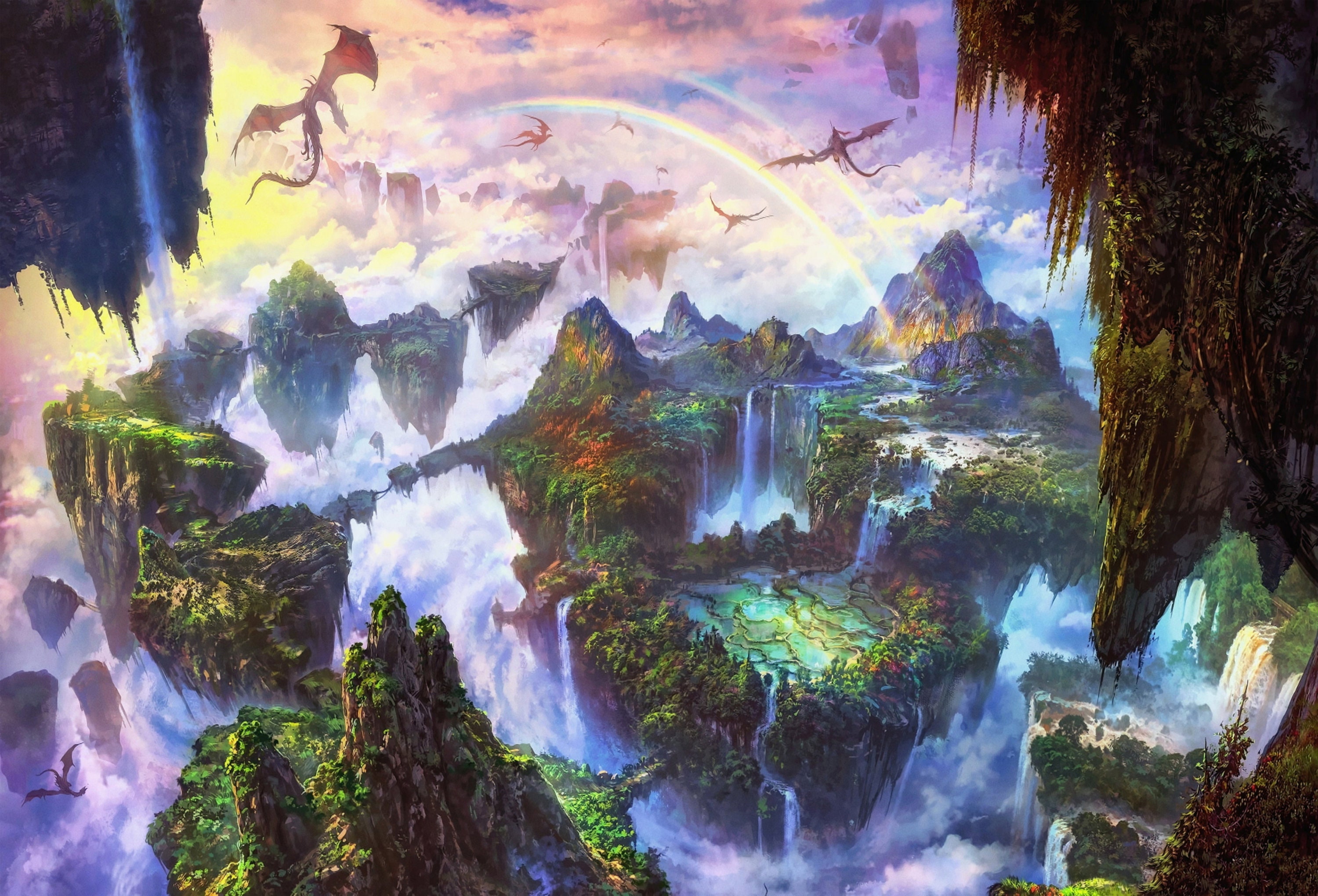

Hoffmann but dismissed her own work as a part of the genre. There are evidence that Mexican writer Elena Garro used the same term to describe the works of E. Luis Leal attests that Pietri seemed to have been the first to adopt the term realismo mágico in Hispanic America in 1948. Venezuelan writer Arturo Uslar-Pietri, who had known Bontempelli, wrote influential magic realist short stories in the 1930s and 40s that focused on the mystery and reality of how we live. Roh's magic realism also influenced writers in Hispanic America, where it was translated as realismo mágico in 1927. In 1926 he founded the magic realist magazine 900.Novecento, and his writings influenced Belgian magic realist writers Johan Daisne and Hubert Lampo.

German magic realist paintings influenced the Italian writer Massimo Bontempelli, who has been called the first to apply magic realism to writing, aiming to capture the fantastic, mysterious nature of reality. However, in contrast with its use in literature, magic realist art does not often include overtly fantastic or magical content, but rather looks at the mundane through a hyper-realistic and often mysterious lens. Magic realism was later used to describe the uncanny realism by American painters such as Ivan Albright, Paul Cadmus, George Tooker and Viennese-born Henry Koerner, along other artists during the 1940s and 1950s. Roh believed that magic realism was related to, but distinct from, surrealism, due to magic realism's focus on the material object and the actual existence of things in the world, as opposed to surrealism's more cerebral, psychological and subconscious reality. It reflects the uncanniness of people and our modern technological environment. Roh identified magic realism's accurate detail, smooth photographic clarity, and portrayal of the 'magical' nature of the rational world. While the term magical realism first appeared in 1955, the term Magischer Realismus, translated as magic realism, was first used by German art critic Franz Roh in 1925 to refer to a painterly style also known as Neue Sachlichkeit (the New Objectivity), an alternative to expressionism championed by fellow German museum director Gustav Hartlaub. In English literature, its chief exponents include Salman Rushdie, Alice Hoffman, and Nick Joaquin. Magical realism is often associated with Latin American literature, particularly authors including genre founders Miguel Angel Asturias, Jorge Luis Borges, Elena Garro, Juan Rulfo, Gabriel García Márquez and Isabel Allende. Many writers are categorized as "magical realists", which confuses the term and its wide definition. Matthew Strecher defines magic realism as "what happens when a highly detailed, realistic setting is invaded by something too strange to believe". The terms are broadly descriptive rather than critically rigorous. "Magical realism", perhaps the most common term, often refers to fiction and literature in particular, with magic or the supernatural presented in an otherwise real-world or mundane setting. It is sometimes called fabulism, in reference to the conventions of fables, myths, and allegory.

Since then as morals and attitudes have changed these tales have become more and more "sanitized".Magical realism, magic realism, or marvelous realism is a genre of narrative fiction and, more broadly, art (literature, painting, film, theatre, etc.) that, while encompassing a range of subtly different concepts, expresses a primarily realistic view of the real world while also adding or revealing magical elements. But even then, many of their versions of these tales wouldn't be considered "kid friendly" today. The Brothers Grimm collected these folk tales and "cleaned them up" to something that was considered more acceptable to society at the time. In Cinderella one of the ugly stepsisters cuts off part of her foot to try to fit inside the shoe and the blood gives her away.īy the 19th century attitudes towards kids were starting to change. Red Riding hood had sexual undertones and was a warning against rapists. For example Hansel and Gretal was about the dangers of trusting strangers, particularly if they deliberately tried to attract children to them. there were often morals yes, but they were as much warnings of things that could happen. Children weren't necessarily considered different, they had to be taught lessons in a world that was generally a lot harder than it was today. What we think of as fairy tales and folk tales were originally a lot darker and didn't always have a happy ending. 4 - Grey tower (it's a song, with music!)ġ5 - Lucky pirate (it's a song, with music!)


 0 kommentar(er)
0 kommentar(er)
